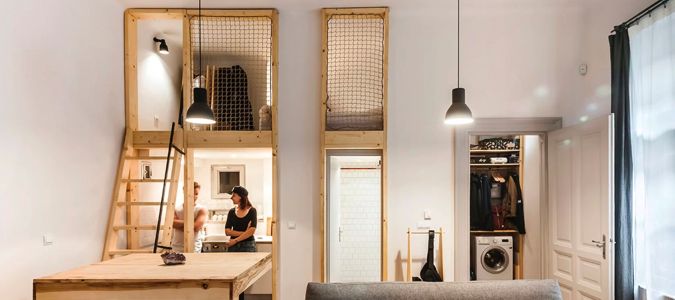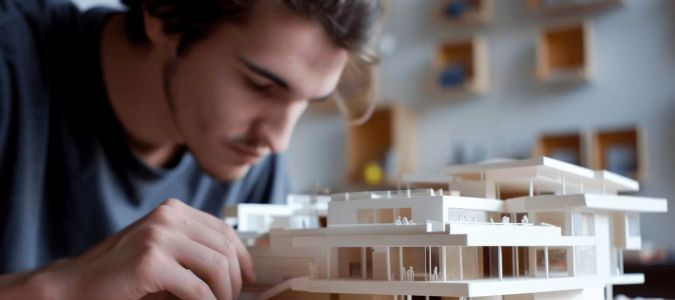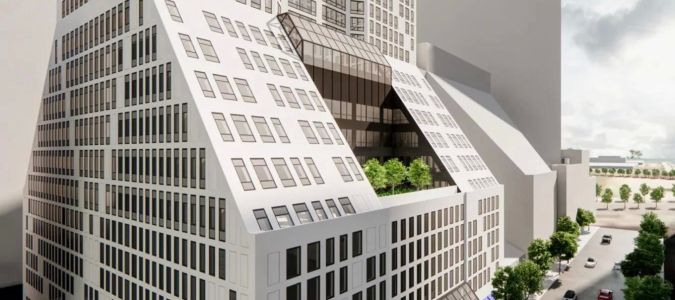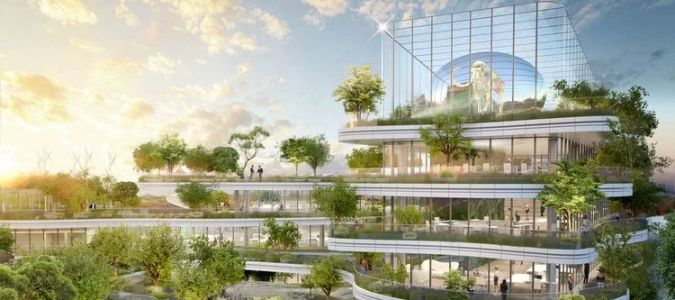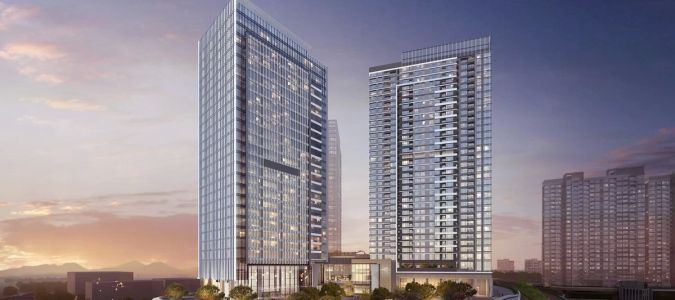- Importance of Sustainable Office Design
- Benefits of Sustainable Office Design
- Key Elements of Sustainable Office Design
- Case Study: Sustainable Design in Brooklyn
- Practical Tips for Designing Your Sustainable Office
Importance of Sustainable Office Design
Sustainable office design in Brooklyn is not just a trend; it's a necessity. With increasing awareness of environmental issues, businesses are looking for ways to reduce their carbon footprints and create workspaces that reflect their commitment to sustainability. A well-designed, eco-friendly office not only benefits the planet but also promotes employee well-being and increases productivity.
Benefits of Sustainable Office Design
There are numerous benefits to choosing sustainable office design in Brooklyn:
- Environmental Impact: Reducing energy consumption and waste is a major benefit of sustainable design, helping to mitigate climate change.
- Health and Well-being: Natural lighting, improved air quality, and access to green spaces contribute to better employee health and morale.
- Cost Savings: Sustainable design elements such as energy-efficient lighting and climate control systems can reduce utility bills over time.
- Corporate Image: A sustainable office design enhances your company's reputation, attracting clients and talent who value environmental responsibility.
Key Elements of Sustainable Office Design
To create a truly sustainable office, several design elements must be considered:
- Energy Efficiency: Incorporating LED lighting, energy-efficient appliances, and climate control systems can reduce energy consumption.
- Materials: Using recycled or sustainable materials like bamboo, reclaimed wood, and low-VOC paints helps minimize environmental impact.
- Natural Lighting: Maximizing natural light through large windows or skylights reduces the need for artificial lighting, boosting both energy efficiency and employee well-being.
- Indoor Air Quality: Installing air purification systems and using non-toxic building materials improves the air quality within the office space.
- Green Spaces: Incorporating plants and biophilic design elements into the workspace can improve mental health and productivity.
Case Study: Sustainable Office Design in Brooklyn
One excellent example of sustainable office design in Brooklyn is 10 Jay Street, a state-of-the-art building that integrates green technologies into every aspect of its design. The building uses solar panels, energy-efficient systems, and green roofs to create an environmentally friendly workspace for its tenants. By incorporating sustainable features into their design, the building has not only reduced energy consumption but has also improved the overall comfort and productivity of its occupants.
Practical Tips for Designing Your Sustainable Office
Whether you're designing a new office or renovating an existing space, here are some practical tips for incorporating sustainability:
- Start with a Green Building: Choose a building with LEED certification or a similar sustainability certification to ensure energy efficiency and eco-friendly construction.
- Use Recycled Materials: Opt for furniture, flooring, and decor made from recycled or sustainable materials to reduce your environmental impact.
- Invest in Smart Technology: Implement smart lighting and heating systems to automatically adjust energy usage based on the time of day or occupancy.
- Create Biophilic Spaces: Integrate plants and nature-inspired elements into the design to enhance employee well-being and air quality.




